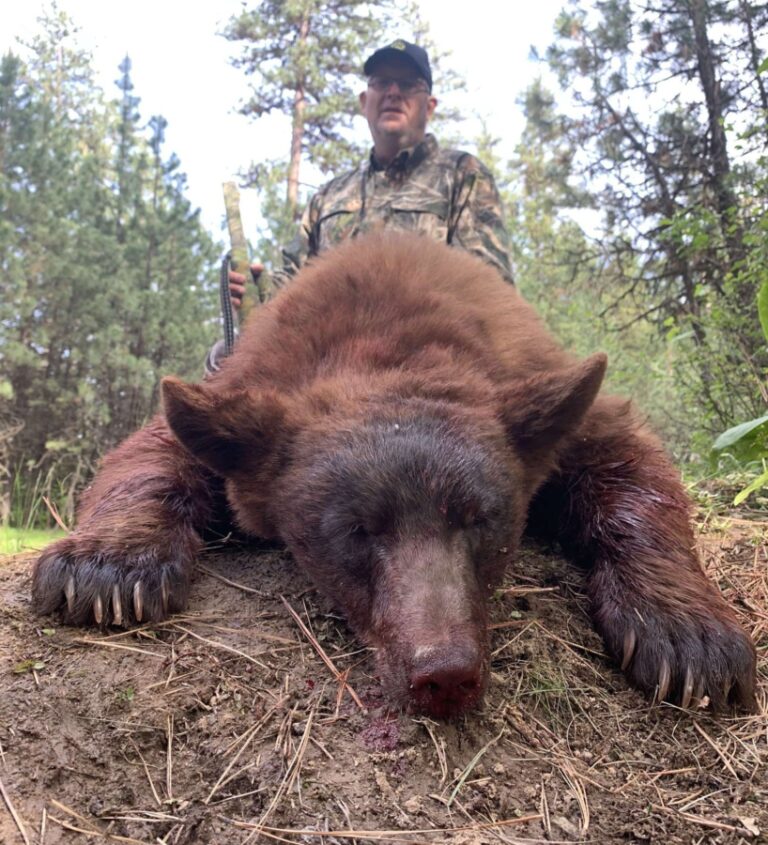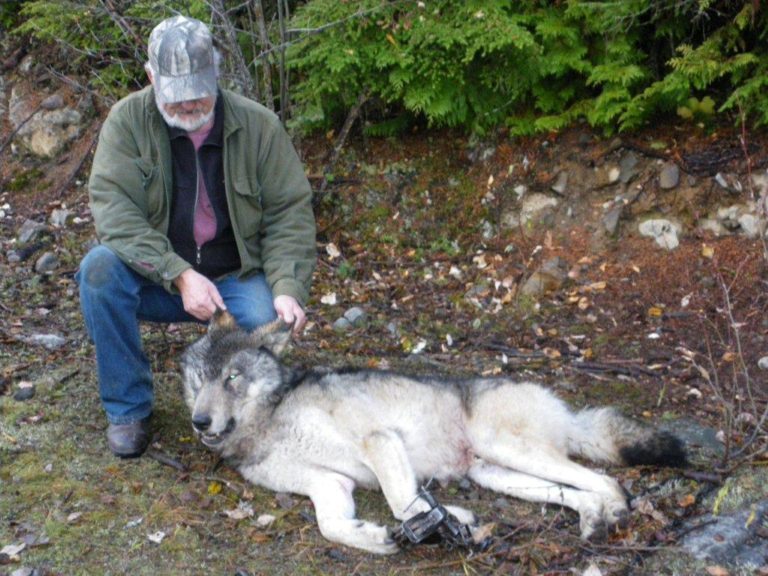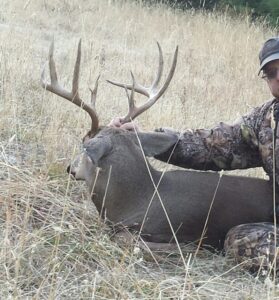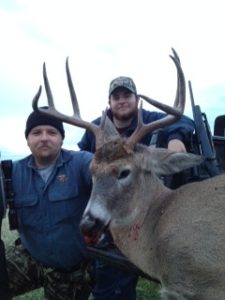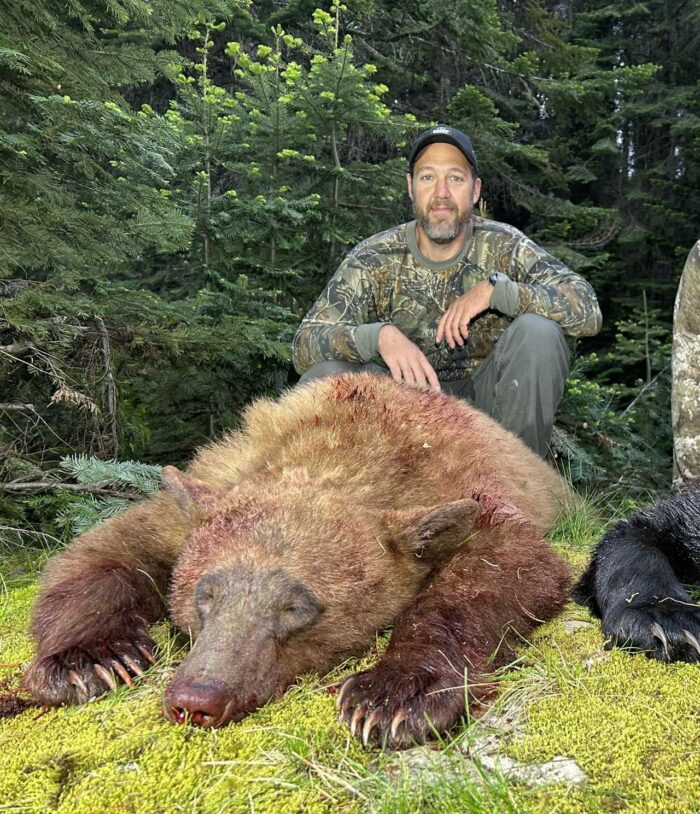How does winter affect our big game populations?
As I look out the window a few snow flakes are falling in, what I can only describe as, one of the most mild winters I can remember. It got me to thinking how the game should fare well and gives me good hope for the hunting season ahead. But how do winters affect our big game populations? In the west, the deer, moose and Idaho Elk Hunts are front and center through those cold months. As well as in Alaska, where the moose and caribou face a winter that most of us can’t even imagine.
There’s no doubt a tough winter can wreak havoc on a game. The young usually are the first to succumb to the elements, followed by the old and then the males worn from mating season and so on. Usually though, it takes a very specific type of winter to kill large numbers of game wherever you are. Extreme cold, however uncomfortable, can be dealt with, as well as large amounts of snow. Of course these two factors will cause some die off but not the extreme numbers that constitute a significant shift in population dynamics. The type of weather we sportsmen truly fear comes in February and March. Animals have a certain amount of reserve built as winter approaches every year and, for lack of a better term, the cold months ahead are kind of like a marathon for them. When unseasonable cold and deep snow come toward the end of that marathon, that’s when high death rates can occur. Deer and Idaho Elk Hunts especially, already warn down from lack of nutrition struggle mightily in these conditions. Moose are little different in this respect though. Of all the big game species the moose is as well equipped for inclement weather as any. They suffer though under one specific condition. Usually a moose’s still like legs help it plow through snow with ease but when the temperatures warm and then chill again the snow gets crusty. If this happens for any length of time it can mean utter disaster for the moose. Why? When the snow gets hard on top, a moose sinks through and has trouble making forward progress, but the wolf and the grizzly walk on top with ease, making a moose an easy meal. More moose perish from this situation than any other singular factor nature can throw at them, other than disease, which moose usually don’t have to worry about because by and large they are not a herd animal.
Thankfully though, this year I don’t think we’ll have to worry about that. Unless things change drastically over the next few weeks, our yearling survival rate in deer, elk and moose should be good and the older animals should fare well also giving us hunters an excellent chance at big bucks and bulls this coming fall.


